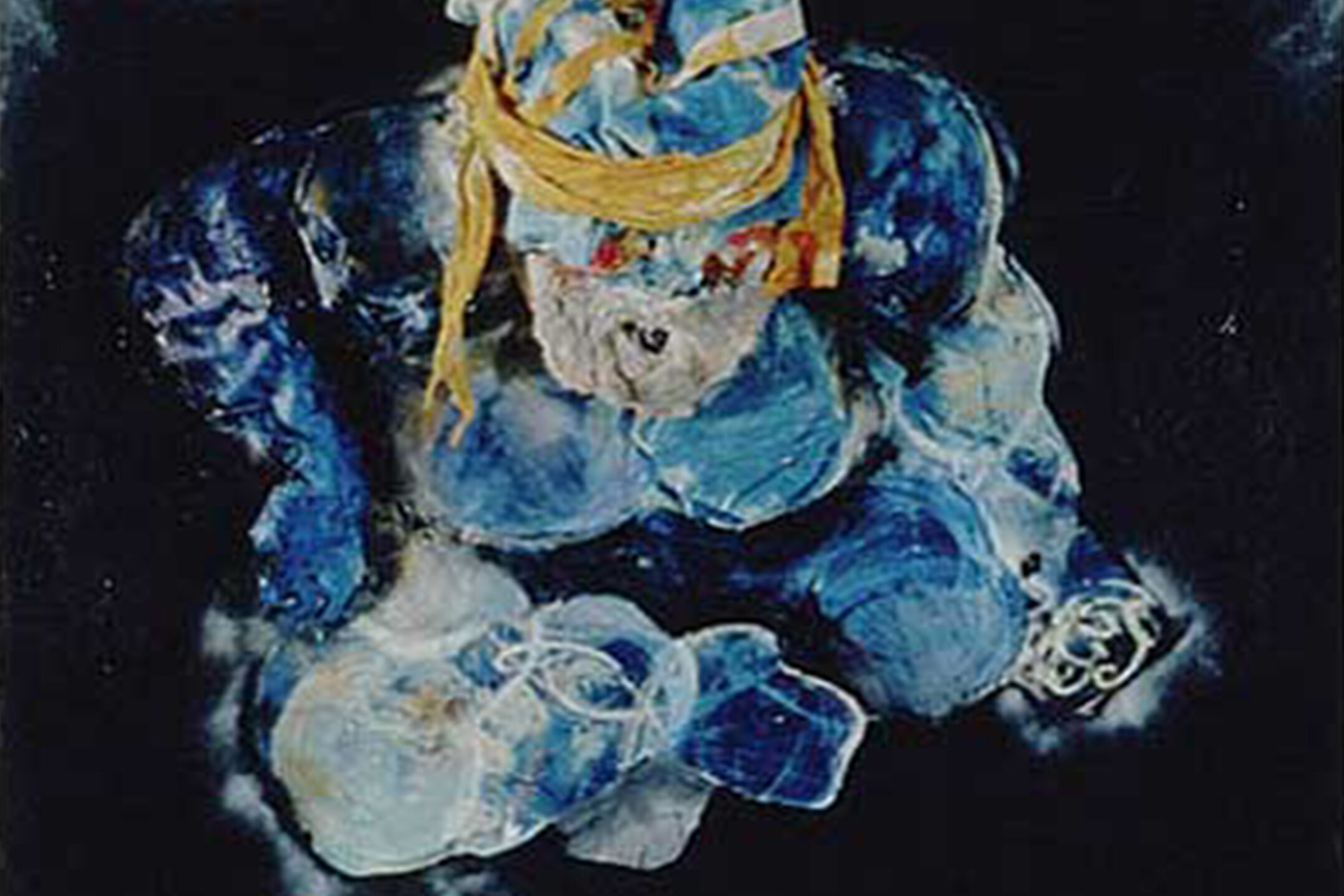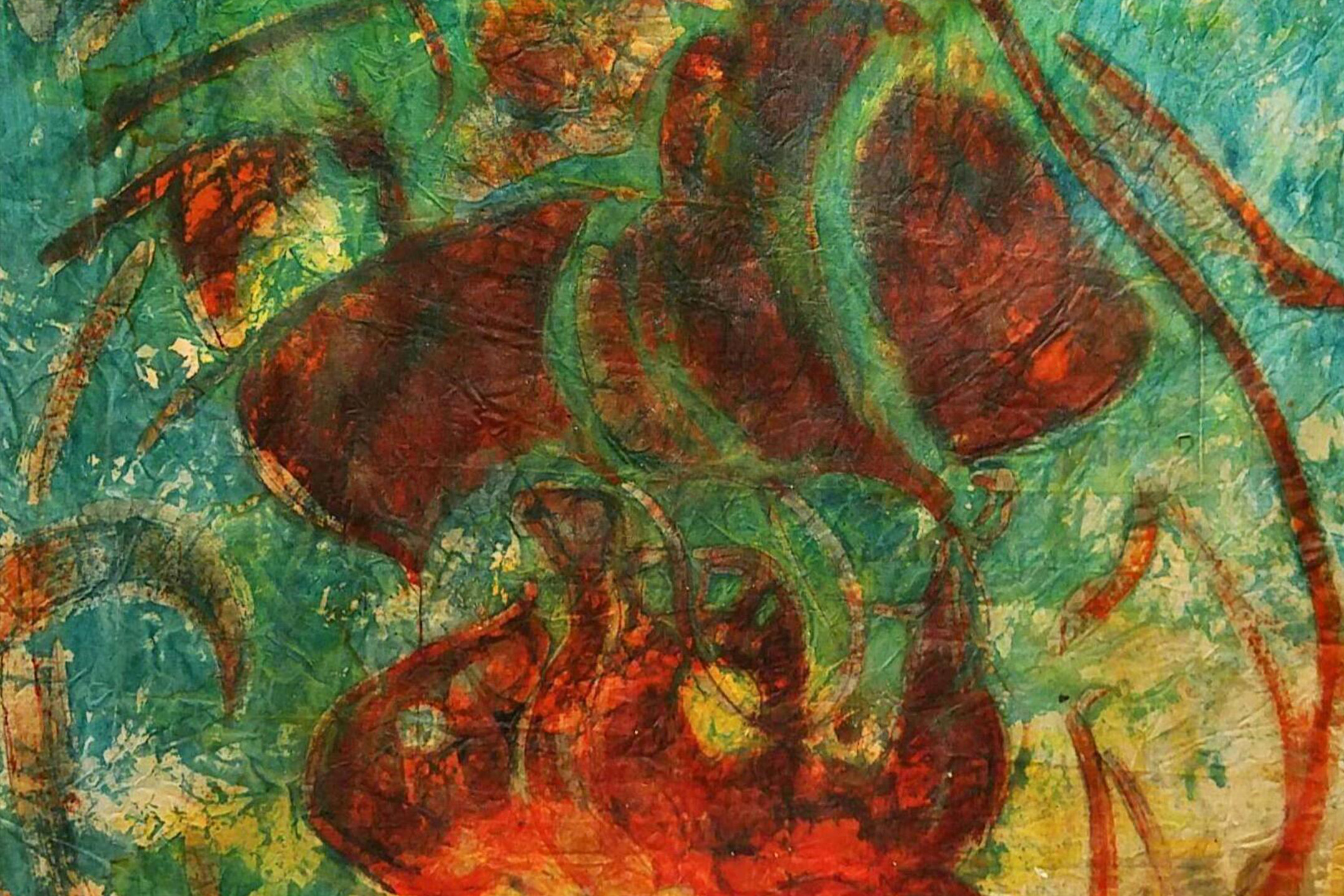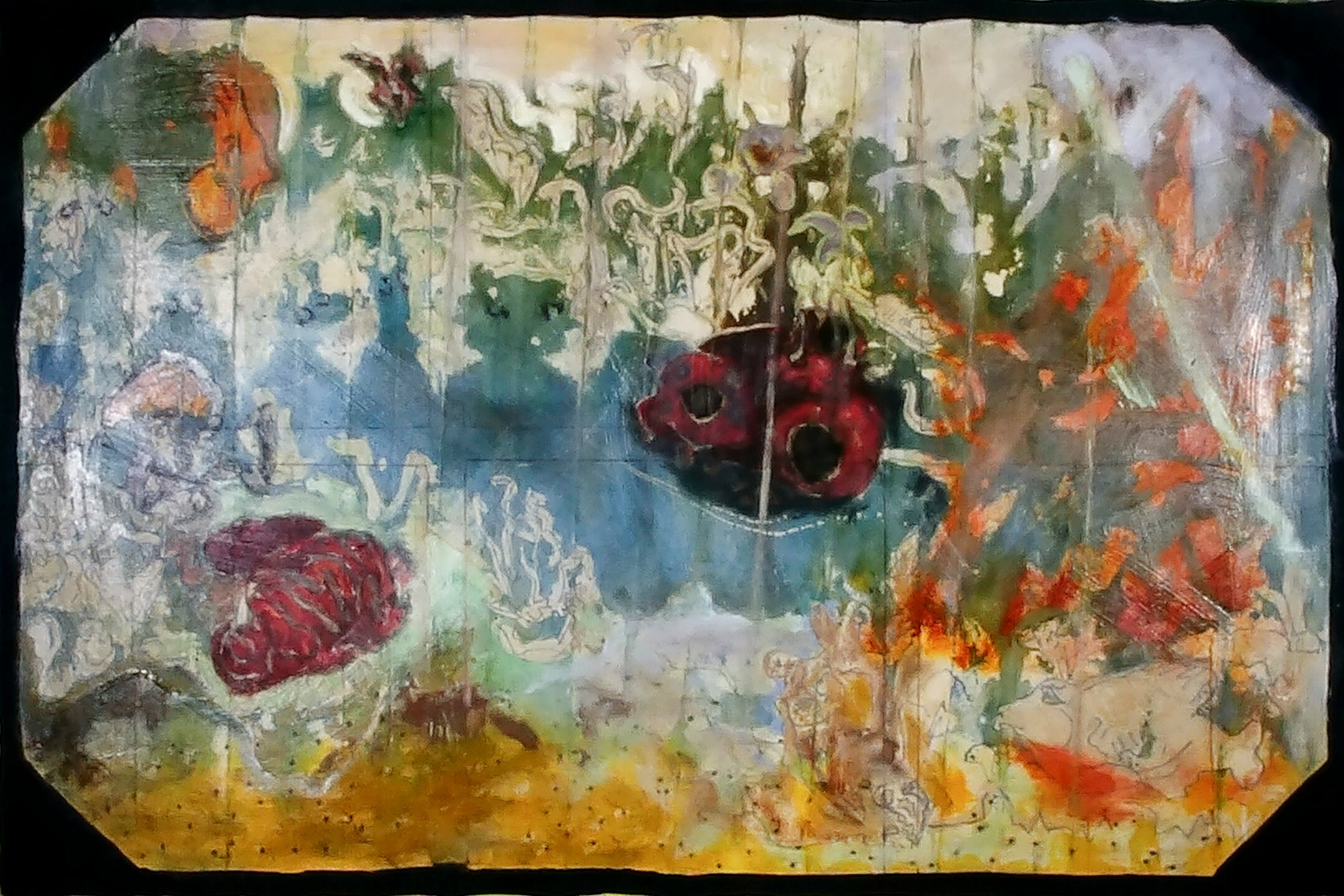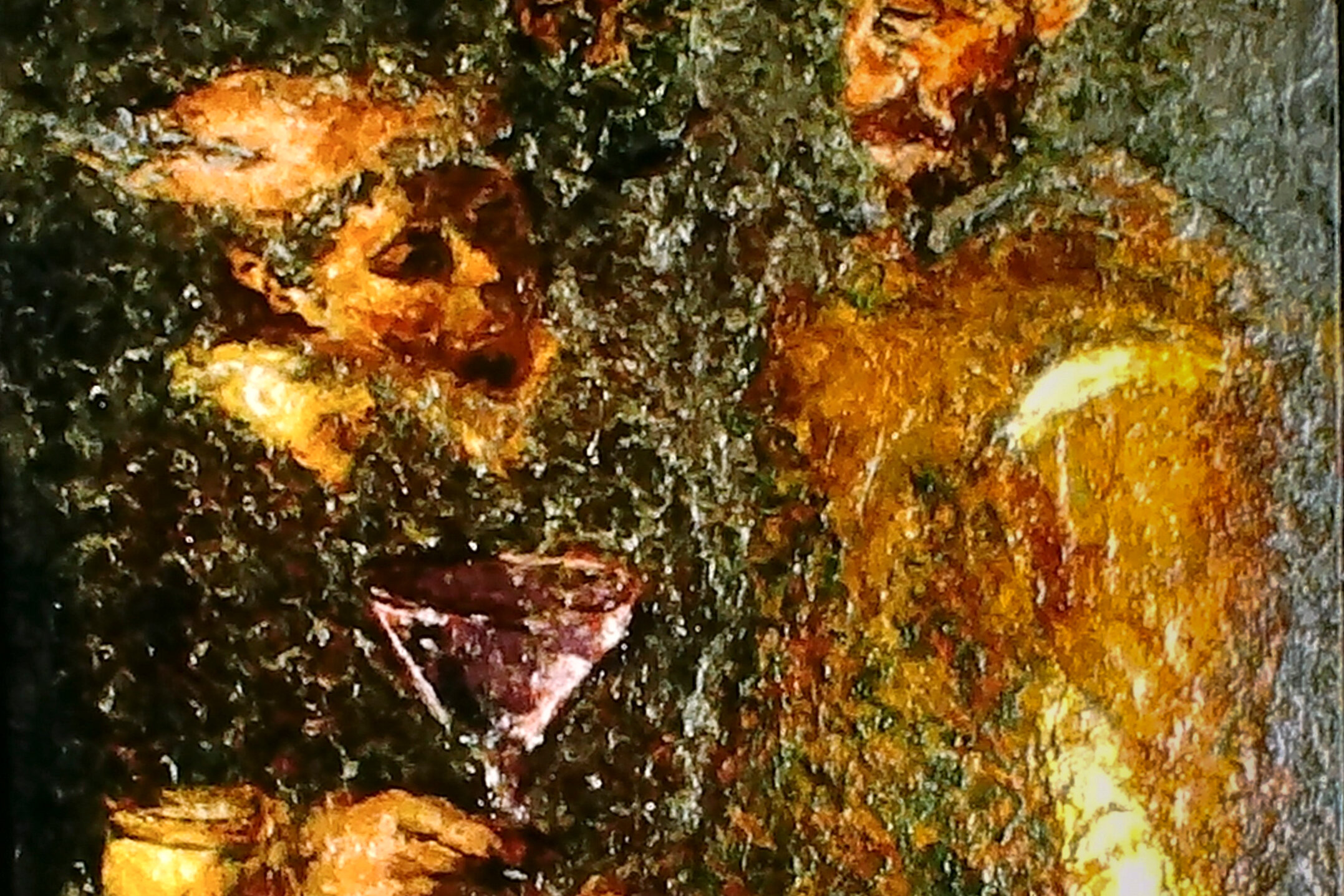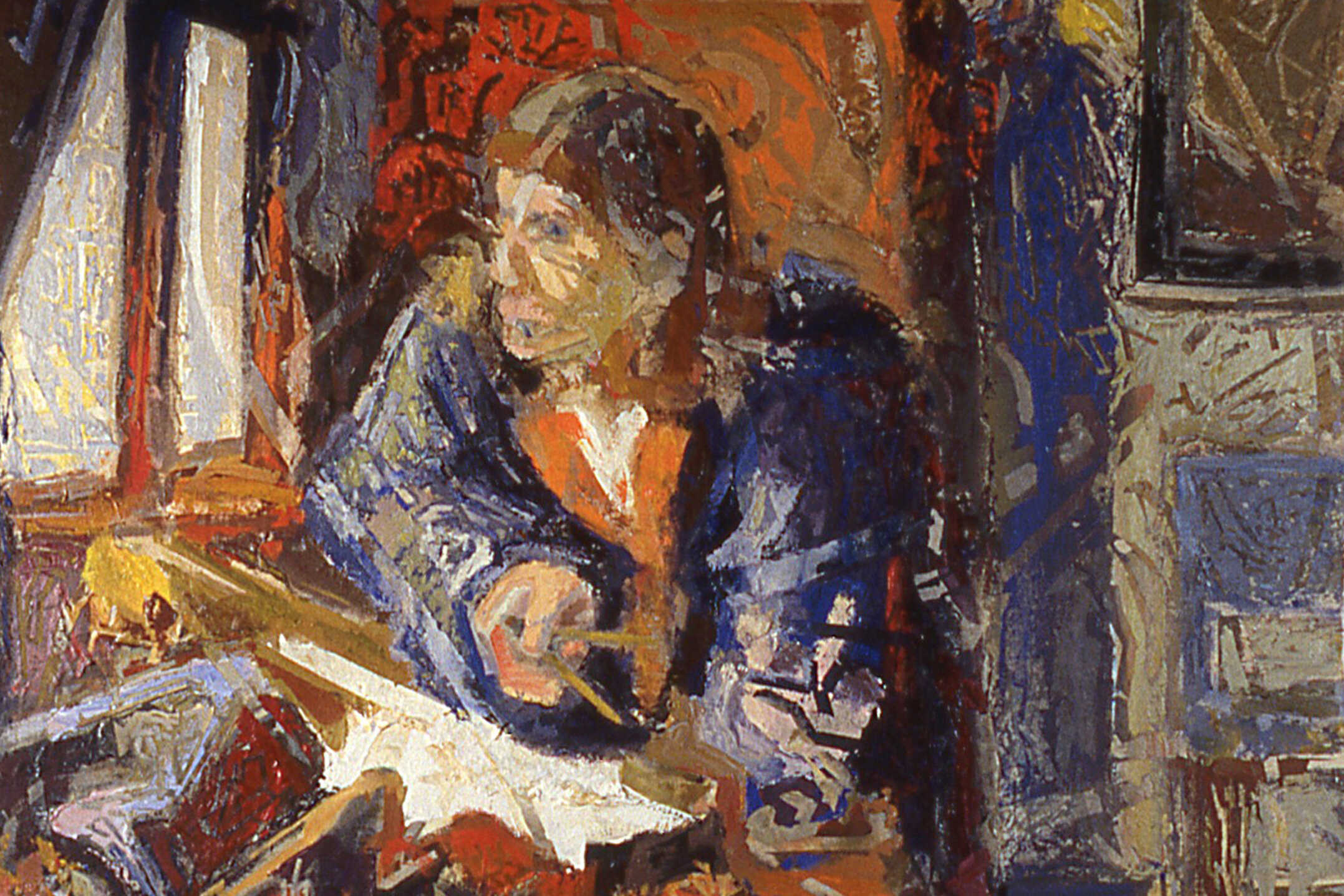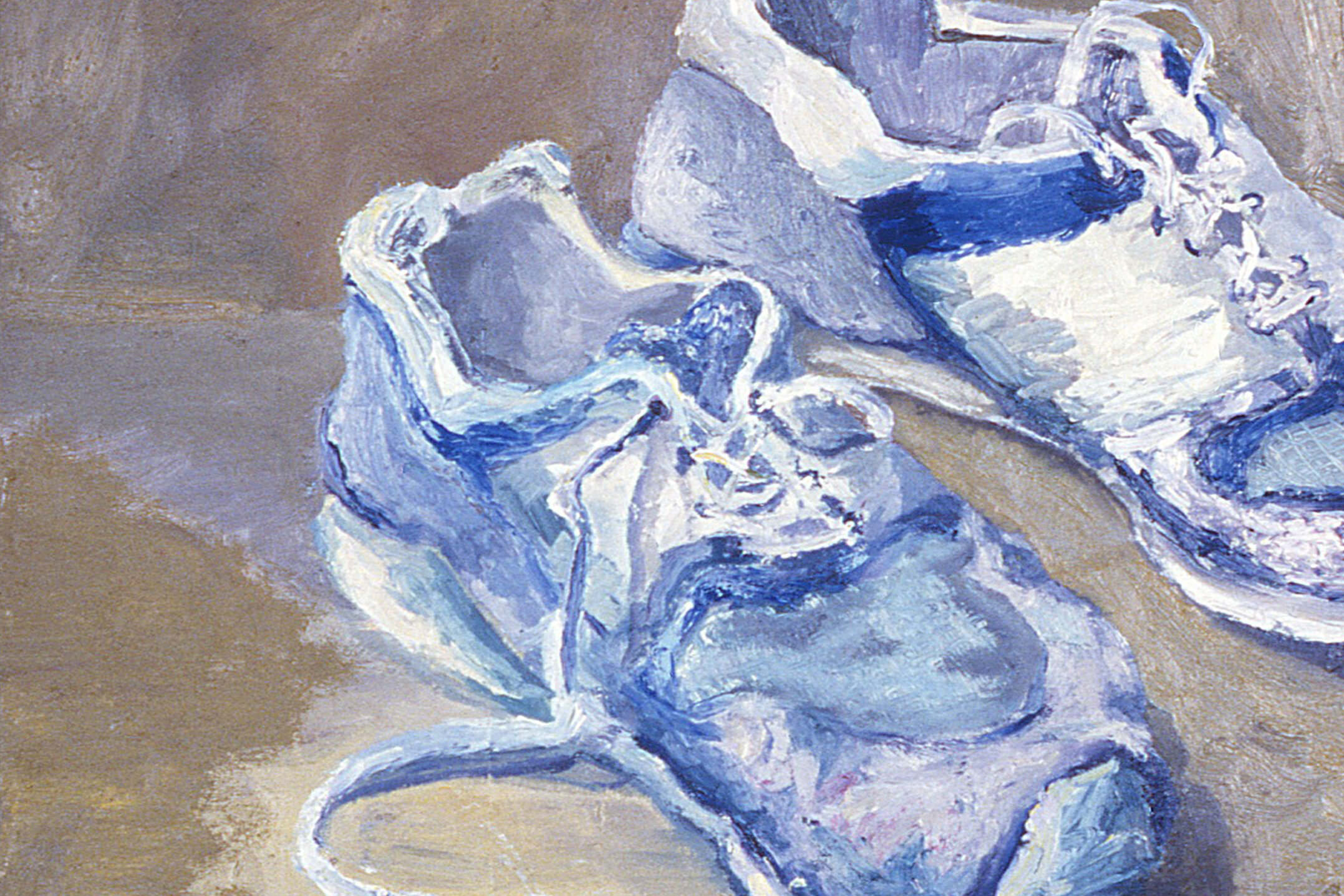Legacy Series
Work that exemplifies the breadth and depth of a lifetime of art.
“I work in series, which is to say, the final work product, is stylistically analogous, or is approached using a similar creative process.”
My recent work explores artificial hierarchies, simulation, and power dynamics.
retrospective of Work
The works below are all series that are no longer being worked on or have not been revisited in over five years.
EARLY WORK (1994-1997)
The early work (1994-1997) is characterized by a range of styles, from an approach focused on translating direct perception, to experiments with various materials and methods.
The use of fabric dyes and handmade materials are iconic to this period. Some works were meticulously constructed using dyed cotton balls, which were dried and felted before being applied onto the canvas. Other canvases used tie-dyed or batik techniques to compose interesting compositional structures.
A common thread in the early work relates to ideas of exploration and excavation.
The Felt series (1998-1999) emerged from a playful experimentation with materials and techniques of the Early Works. While exploring the use of found objects, the series demonstrates how a found objects meaning is directly connected to it’s context.
The paintings depict mythological fictions. Many of them examine allegories of authority, authenticity, and play.
The Felts are the first experiment with a technique called, trompe l'oeil, where the illusion of painting and the physical sculptural qualities start to merge.
Les Petites Allégories (1999-2001)
Les Petites Allégories series (1999-2001) focused on portraying a single figurative allegory. Each character represents abstract ideas or experiences using classical narrative compositions to convey a broader message about present day issues or events.
Les Petites Allégories series departed significantly from the Felt series in both creative materials and process. Embracing a much smaller scale and the traditional rectangular format led to a deeper exploration into process. By contrast, they sharply diverged, stylistically, from the physical nature of the Felt series.
The Painting Shiva Series (2001-2002)
Les Petites Allégories series, completed in 2001, introduced a creative process which manifested in an artistic pseudonym called The Painting Shiva.
The Painting Shiva series (2001-2002) process embodied the mindset of creation and destruction, which reflected in the physical act of painting and re-painting, until a certain level of completion was achieved.
This process became a principle doctrine and foundation in how all future work was approached.
LES GRANDES ALLÉGORIES (2003-2005)
Les Grandes Allégories (2003-2005) series demarked a point of expansion in both allegorical themes and the artistic process.
In an age where functions, applications, and algorithms start to rule, the work reflects a diffusion of the physical world as a result of a concentration on the digital.
Recursion (2005)
The Recursion (2005) paintings are less of a series than a collection of artworks that embodies a self-referential process.
These works were done in parallel with Les Grandes Allégories series.
The PilES (2006)
The Piles (2006) can be regarded as allegorical narratives that are stripped of the traditional figure. Grounded on the horizontal plane, the paintings tell the story of the painting process and our layered cultural mythology.
The technique, trompe l'oeil, is where the illusion of painting and the physical qualities of sculpture converge.
It is at this convergence point that the physical sculptural qualities make the painterly illusion more real, and the trickery of painting make the physical dissolve into the realm of illusion.
Trompe l’oeil helps us examine our own physical reality, asks what it means to be simulated, and questions the point at which reality and illusion converge.
This work explores artificial hierarchies, simulation, and power dynamics with visual storytelling.
The process and use of materials echo in the layered sediment of past works.
“The painting process is a dynamic fluctuation between creation and destruction. During this process, the painting is created and destroyed, one layer built on top of another; they develop into archaeological effigies of paint and sculpture.”

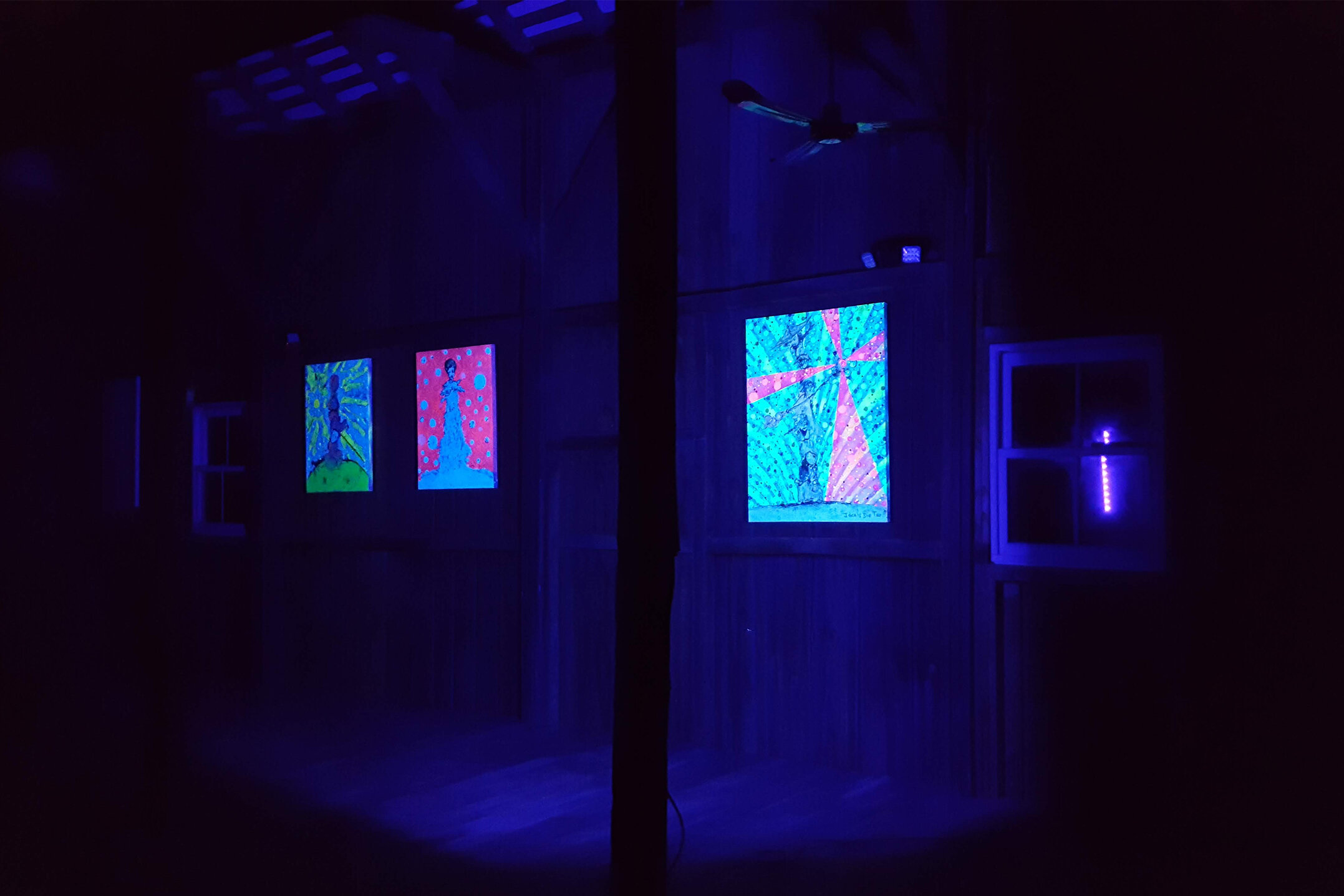
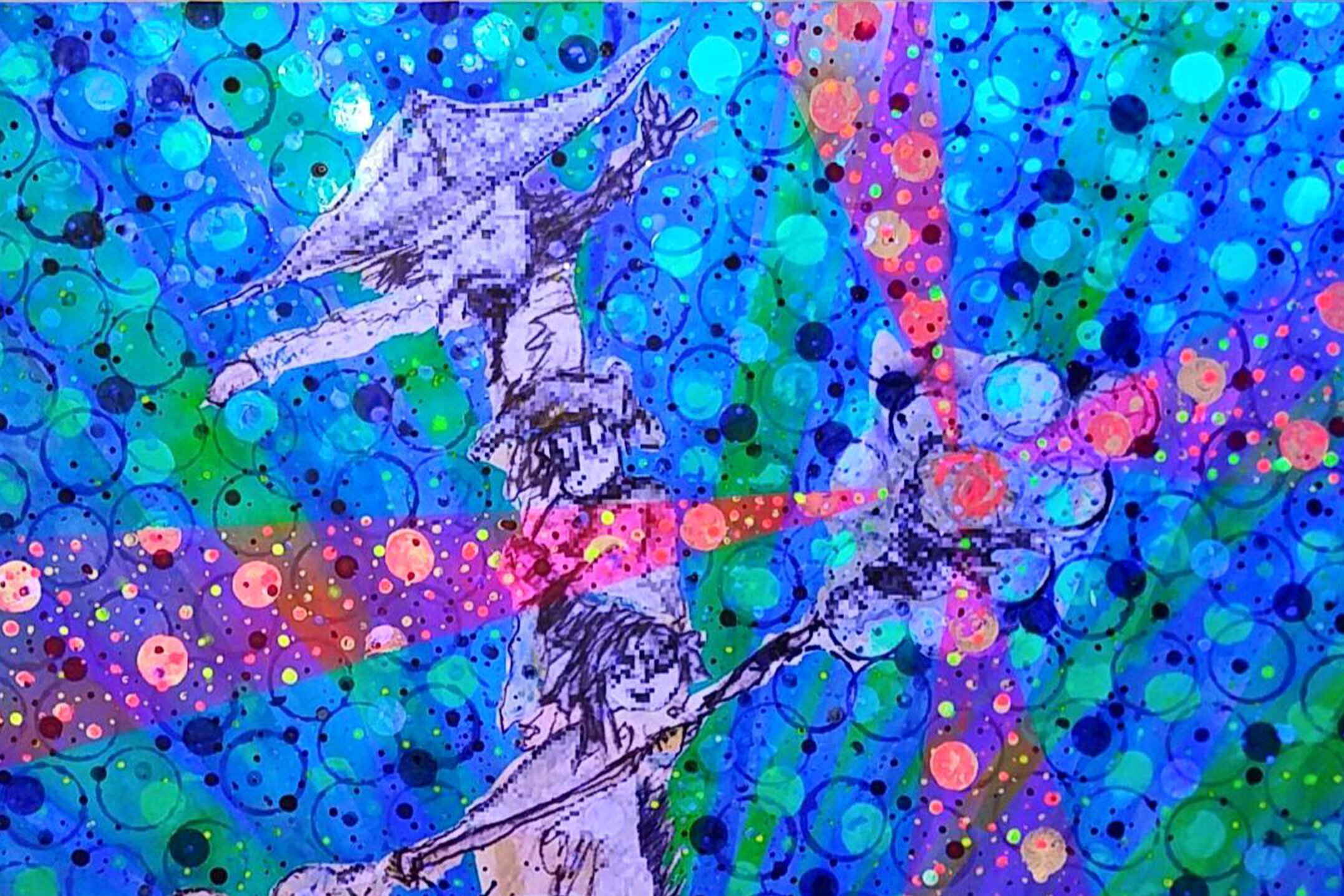
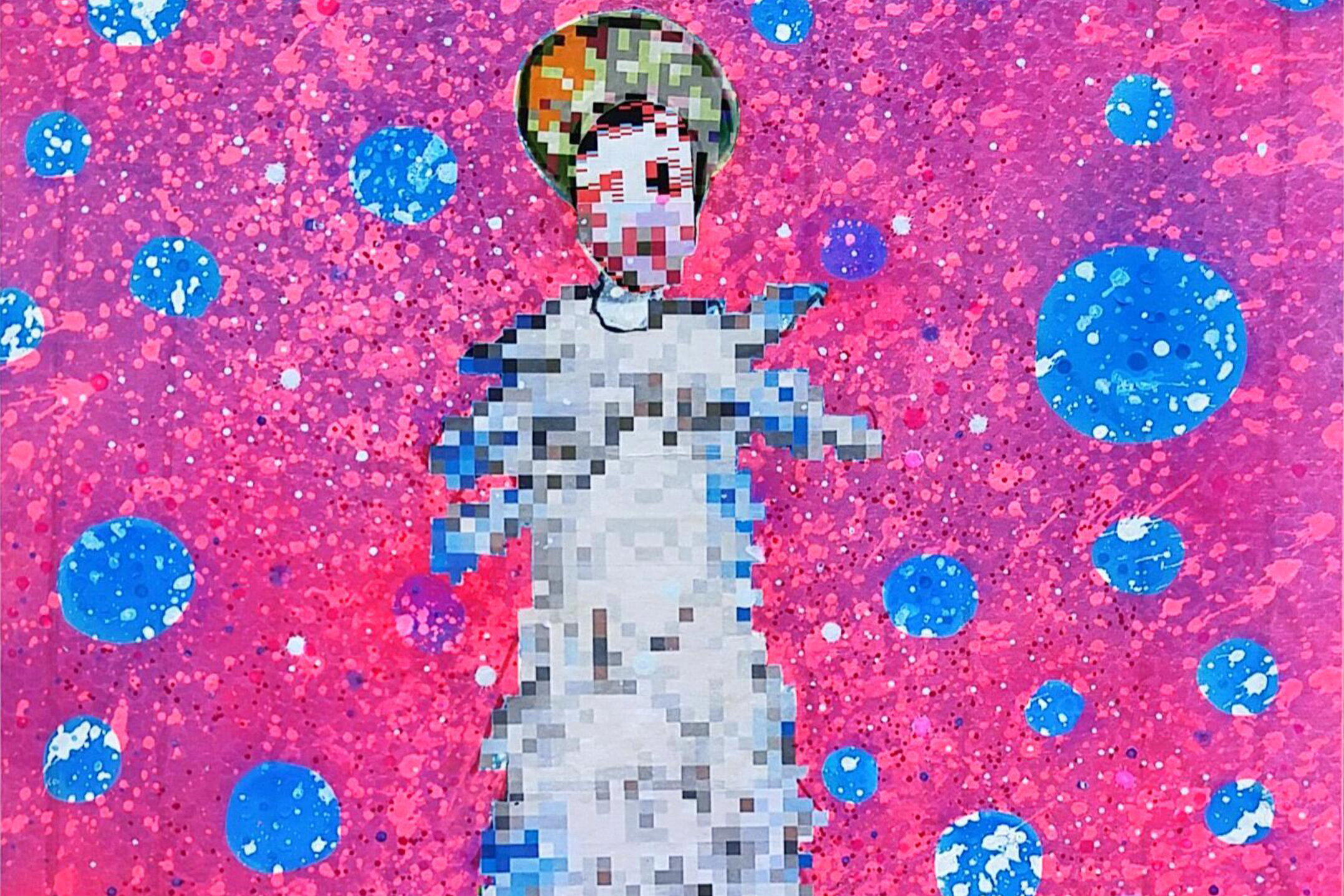
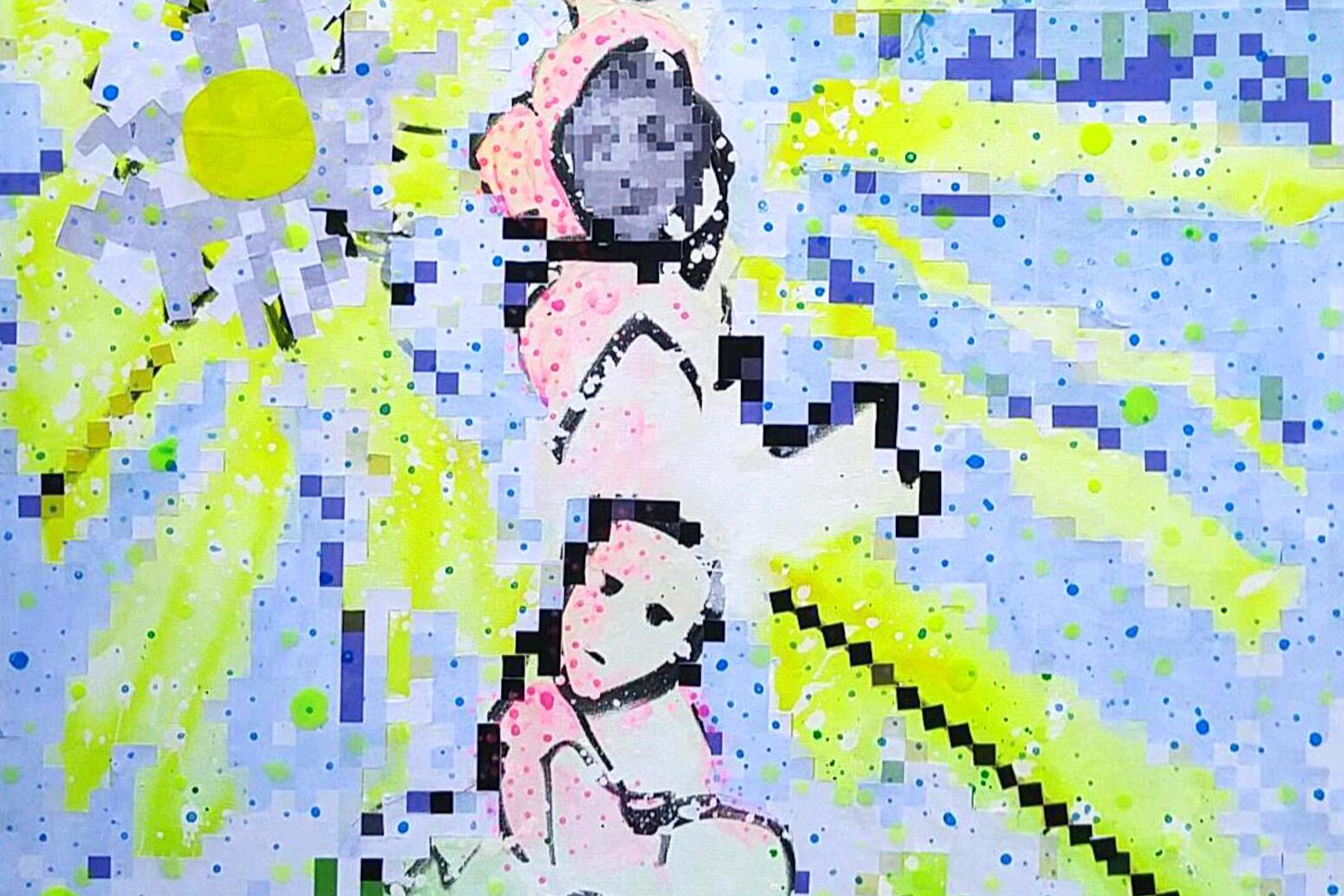
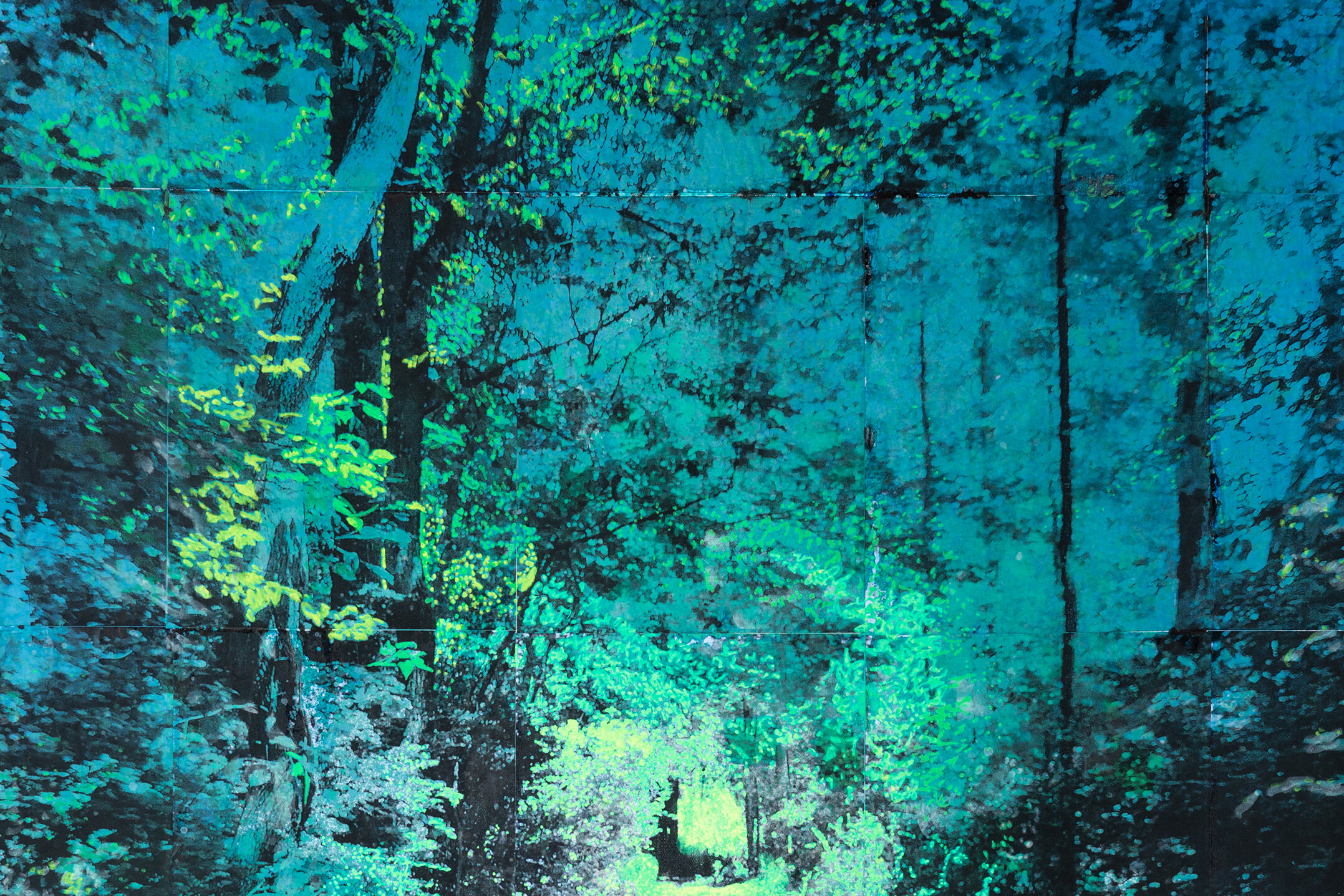
![The Peppermint Trail (2018) [under black-light]](https://images.squarespace-cdn.com/content/v1/5d79cdce8267367231ed6783/1592020952476-ATEJBBD612SR5NZE99J5/2018+The+Peppermint+Trail+36x48+BL+v2+ART.jpg)
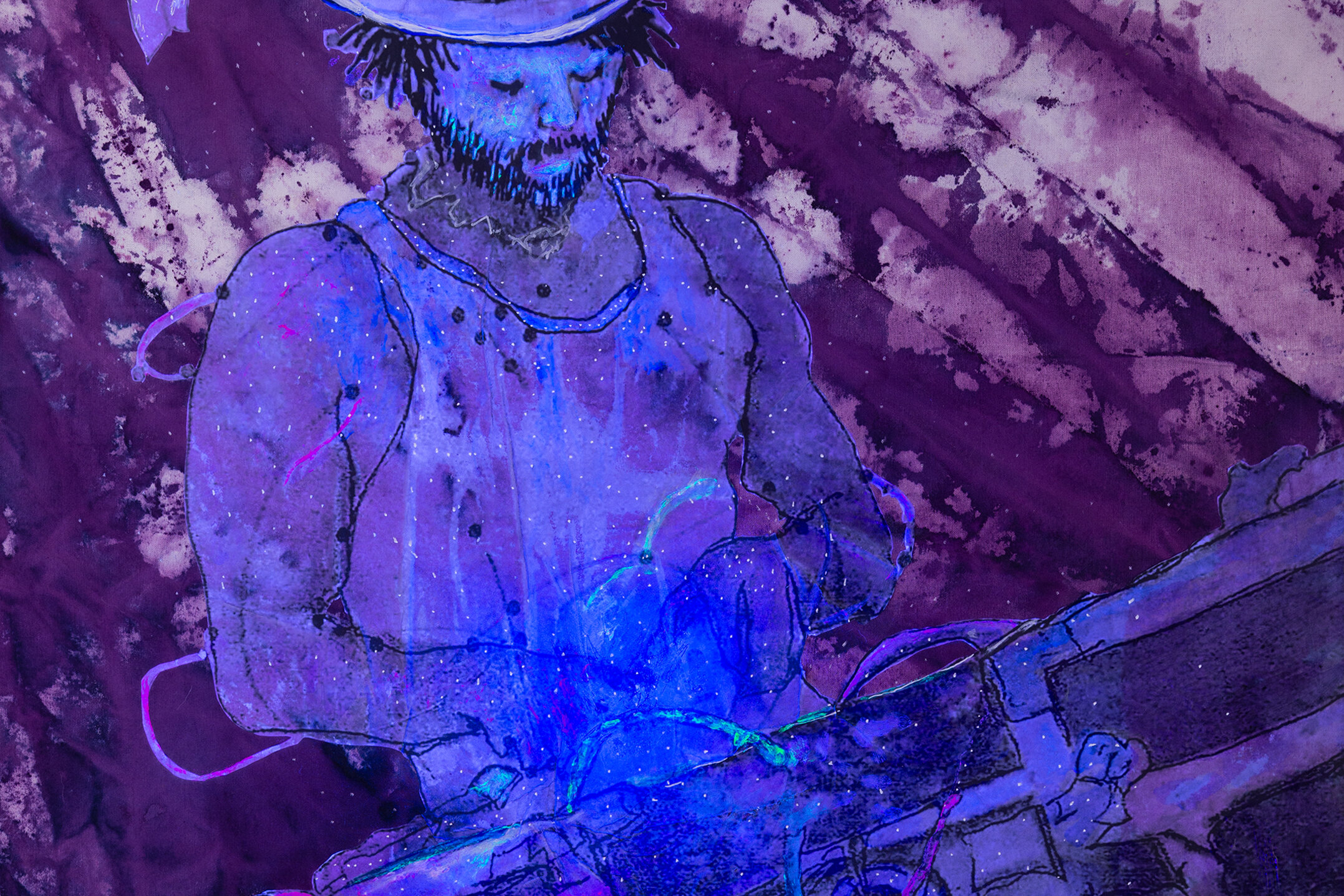
![DJ Eno v4-1 (2018) [under black-light]](https://images.squarespace-cdn.com/content/v1/5d79cdce8267367231ed6783/1592020965652-BHF8HTWQWYWAUOC7ODOQ/2018-11-06+DJ+Eno+4-1B+ART.jpg)
![The Veiled Woman v7-7 (2018) [under black-light]](https://images.squarespace-cdn.com/content/v1/5d79cdce8267367231ed6783/1592020958159-B23X0EDV5BXWLDQ0SK9U/2018-08-23+Veiled+Woman+blacklight+v7-7+ART.jpg)
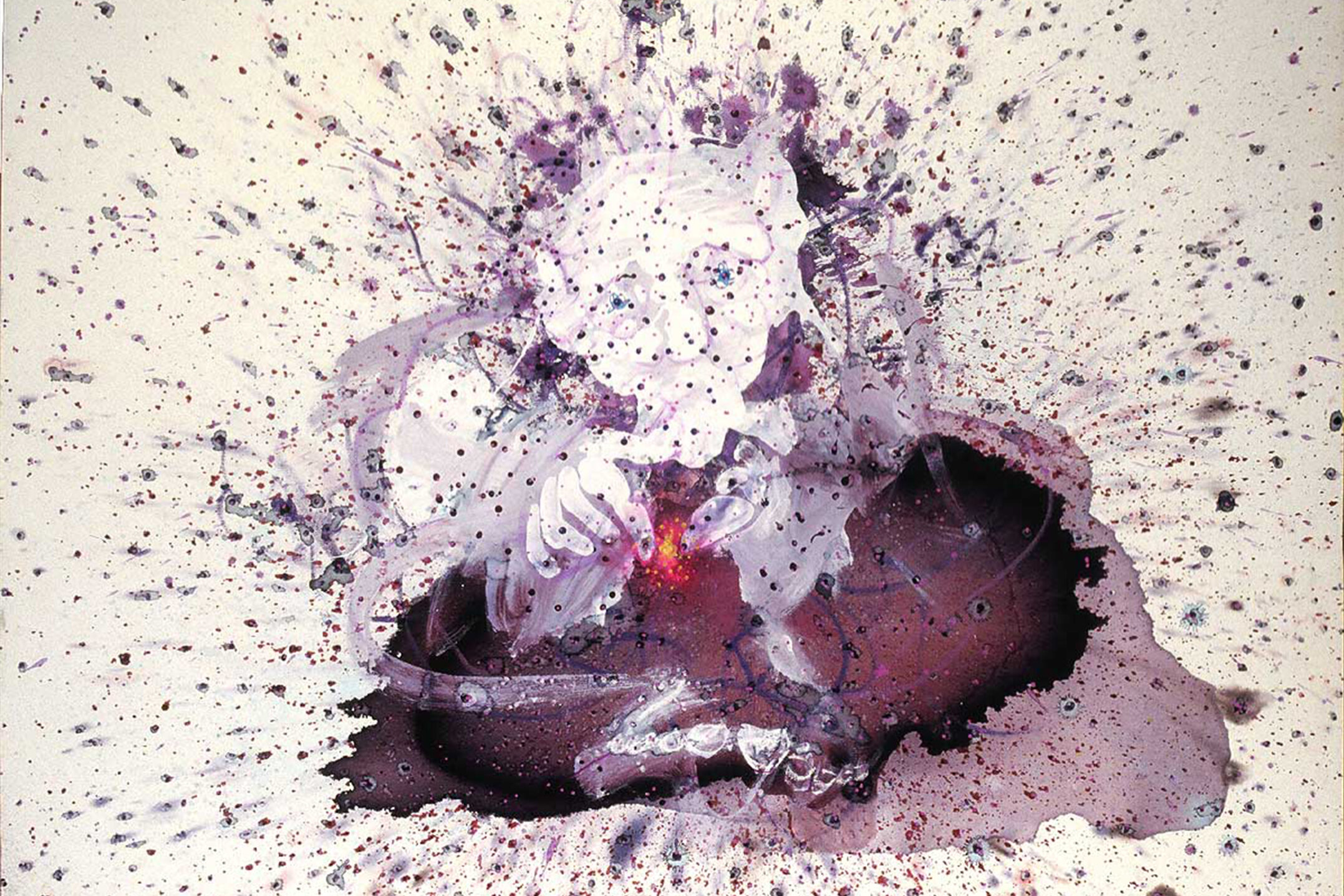
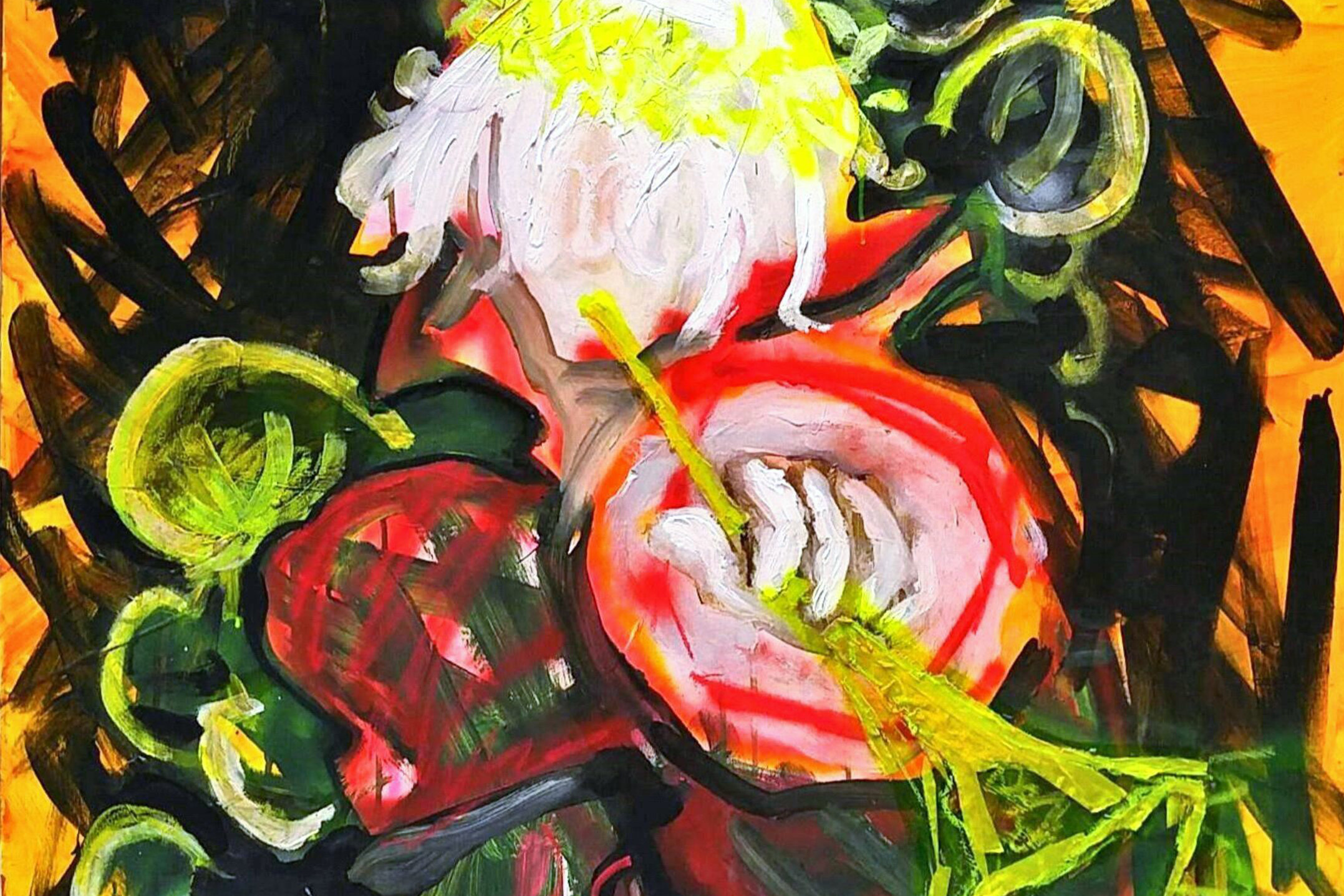
![Balance of Power [Center Panel] (2002)](https://images.squarespace-cdn.com/content/v1/5d79cdce8267367231ed6783/1592020946651-R4051Y55ALFNXONSKEY2/2002+Balance+of+Power_center+ART.jpg)
